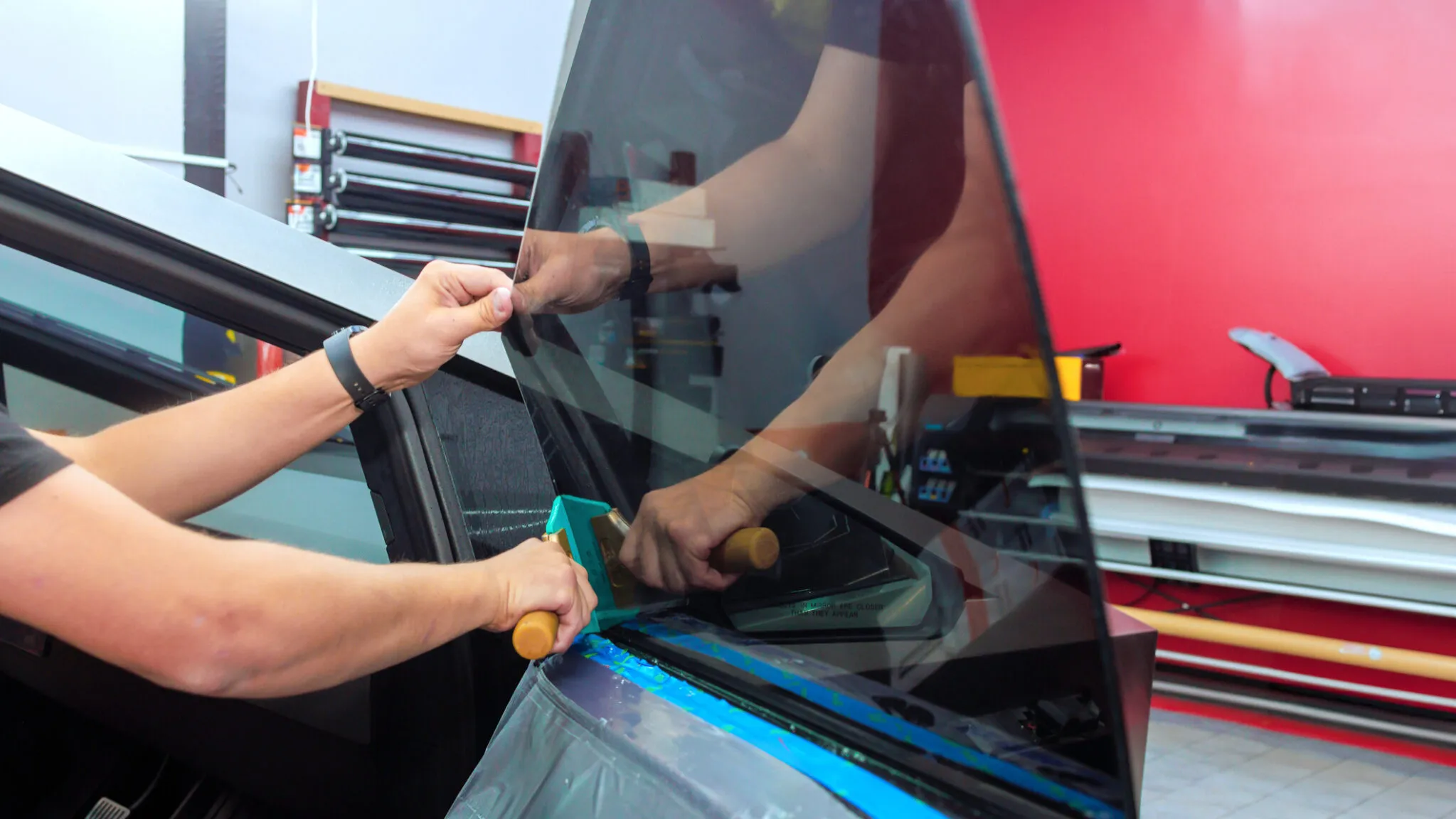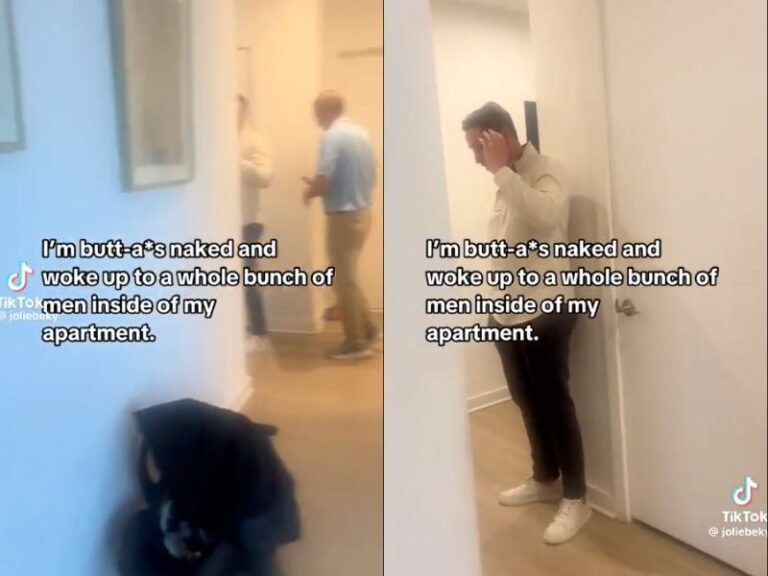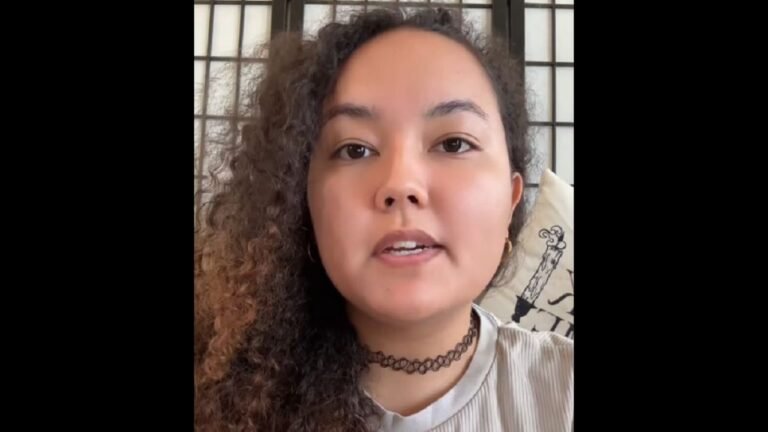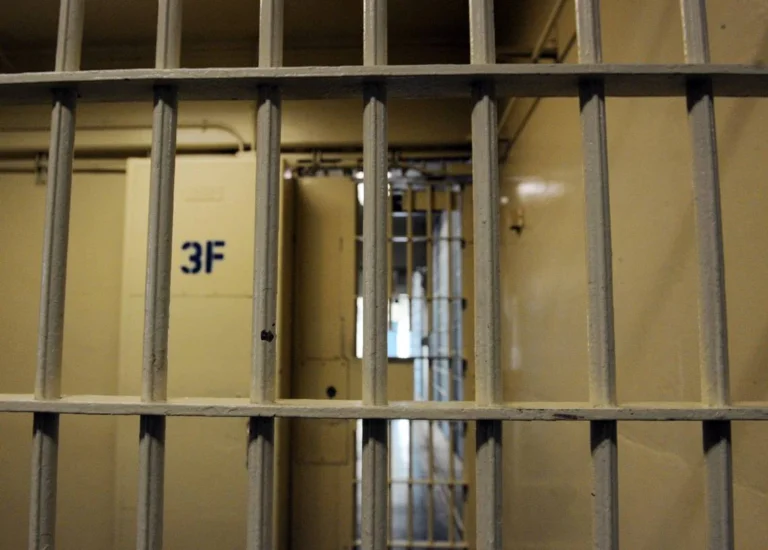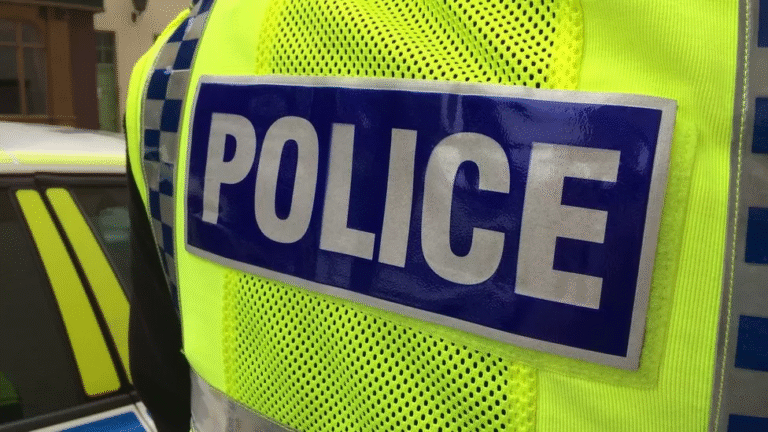North Carolina’s New Window Tinting Law Tightens Rules for 2025 Vehicles
RALEIGH, N.C. – A new state law adjusting legal window tint levels on vehicles will take effect this year across North Carolina, changing the way window tinting is measured and enforced for many drivers.
Signed into law earlier this year, the measure modifies the standards used by vehicle inspectors when determining whether a car’s window tint is compliant. Previously, inspectors were required to measure the amount of light allowed through the tinted portion of a vehicle’s window, not the entire glass area. That standard has now shifted.
New Tinting Standard: Total Glass Area Will Be Measured
Under the new rule, which updates North Carolina General Statute 20-127, inspectors will now assess tint darkness based on the entire window surface, including areas not treated with tint film.
This change means that many vehicles with darker tints—especially those with factory-installed glass that is already shaded—may fail inspection if the total light transmission is below the newly calculated threshold.
Window tinting remains legal in North Carolina, but the Visible Light Transmission (VLT) requirement—meaning how much light passes through—must meet minimum percentages when measured across the entire window surface, not just the tint portion. Vehicles that exceed the legal limit may now need removal or replacement of film to pass inspection.
Why the Change? Public Safety and Standardization
The adjustment comes amid growing concern from law enforcement agencies and safety regulators about driver visibility and officer safety during traffic stops.
Supporters of the bill, including highway patrol officials, argued that existing methods failed to account for naturally darkened factory glass, which often reduces VLT beyond legal limits when combined with aftermarket tint.
The change also aligns North Carolina’s inspection standards with those used in other states, helping create a more uniform approach for tint enforcement across vehicle makes and models.
Exemptions Remain for Certain Medical and Official Vehicles
Vehicles used for law enforcement, government transport, or those with medically certified tint exemptions will still be allowed to operate with darker tints under the law. However, these vehicles must maintain documentation showing they qualify for an exemption.
Medical exemptions must be approved by the state and supported by appropriate documentation from a licensed physician. The DMV has published updated guidelines on how these exemptions are evaluated under the new law.
Vehicle Owners Encouraged to Check Tint Levels Before Inspection
Motorists are advised to visit a certified inspection station or tint specialist to determine whether their current window tints comply with the updated rules.
Violations can result in failing a vehicle inspection, being required to remove non-compliant tint, or receiving a citation from law enforcement. The updated standards may also impact those selling used vehicles if tint violations are discovered during pre-sale inspections.
The North Carolina Department of Transportation has launched an online FAQ section to help residents better understand the law, which is now in effect.
Vehicle owners unsure about their tint compliance should act now to avoid surprise inspection failures. Learn more about North Carolina’s evolving vehicle laws and stay current with updates at SaludaStandard-Sentinel.com.

